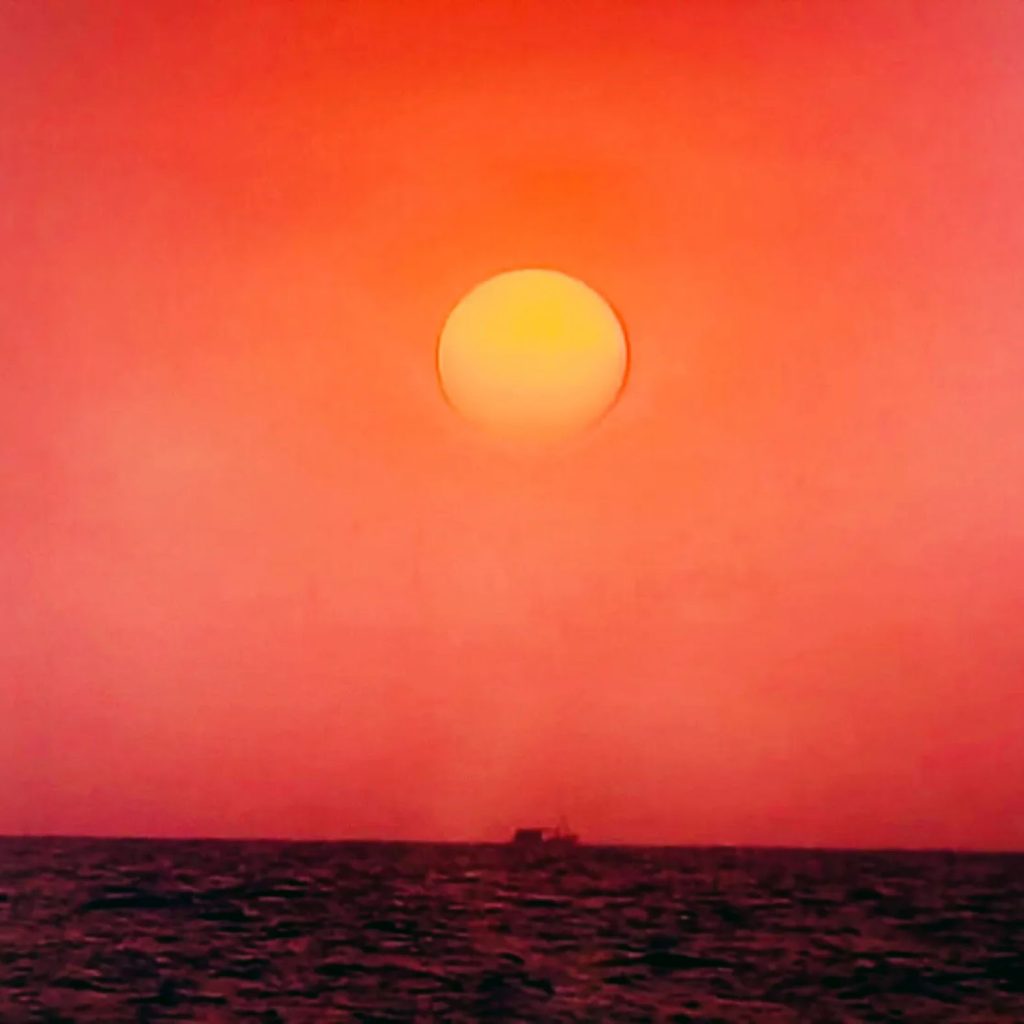
Today is the summer solstice. Specifically, it is the first day of the summer solstice. The summer solstice is the tenth solar term of the twenty-four solar terms, which serves as a seasonal indicator. It refers to a period that generally occurs from around June 21st to July 7th each year. On this day, the daylight hours are the longest in the Northern Hemisphere. The exact times of sunrise and sunset on the summer solstice vary depending on the location in Japan, but on average, the sunrise is around 4:30 a.m. and the sunset is around 7 p.m. In other words, the duration of daylight on the summer solstice is approximately 14 hours and 30 minutes, while on the winter solstice, it is about 9 hours and 45 minutes. Therefore, the summer solstice has approximately 5 hours more daylight than the winter solstice. About two weeks after the summer solstice, we enter the period of “shōsho” (small heat), marking the peak of summer. On the day of the summer solstice, various events are held not only in Japan but also around the world, expressing wishes for abundance and prosperity of offspring. In countries like Sweden and Finland in Northern Europe, the summer solstice is even celebrated as a national holiday.
今日は夏至です。詳しくは夏至の初日です。夏至は季節の指標である二十四節気の10番目の節気で、毎年6月21日〜7月7日頃までの期間を指します。この日、北半球では1年のうちで昼の時間が最も長くなります。日本各地によって違いますが、夏至の日の日の出時刻は大体4時30分位、日の入り時刻は19時位です。つまり、夏至の日照時間は14時間30分程度、冬至の日照時間は9時間45分程度ですから、夏至のほうが約5時間も日が出ている時間が長い訳です。夏至の約半月後には小暑を迎え、いよいよ夏本番に突入する訳です。夏至の日には、日本はもちろん、世界中で豊穣と子孫繁栄を願う行事が執り行われます。北欧のスェーデンやフィンランドでは夏至が国の祝日になっています。
